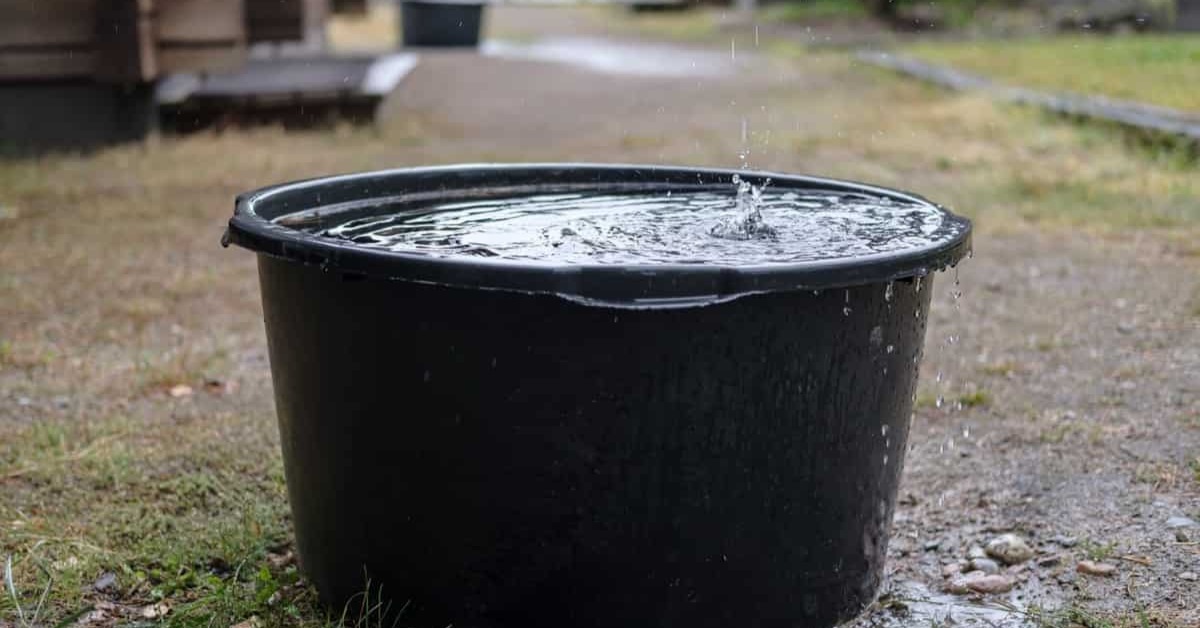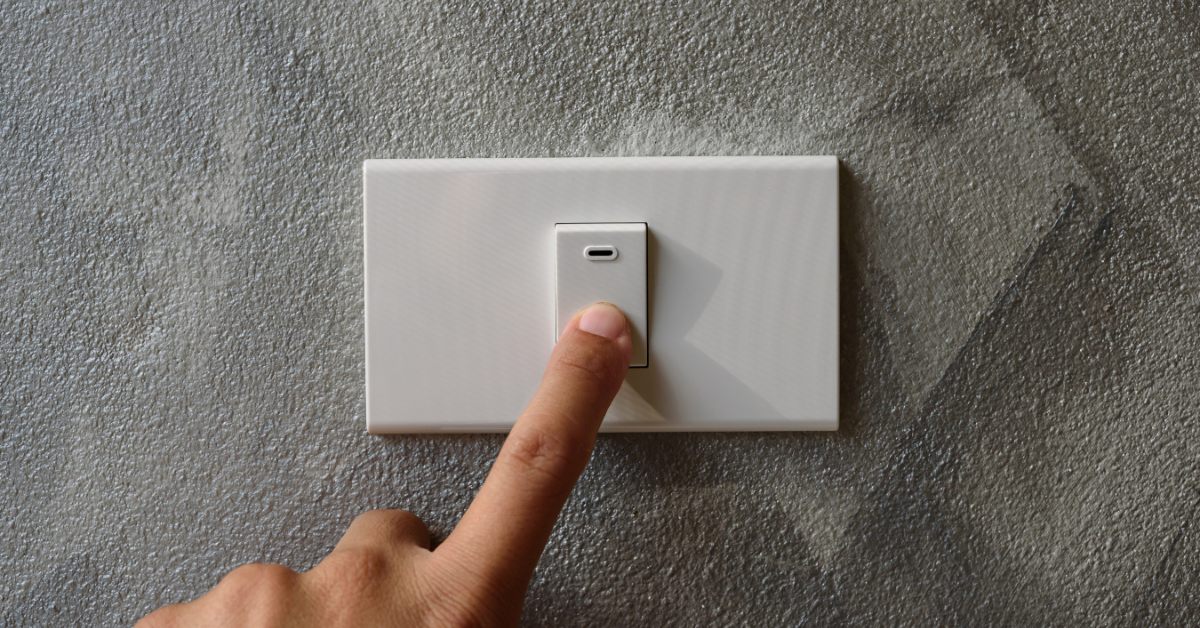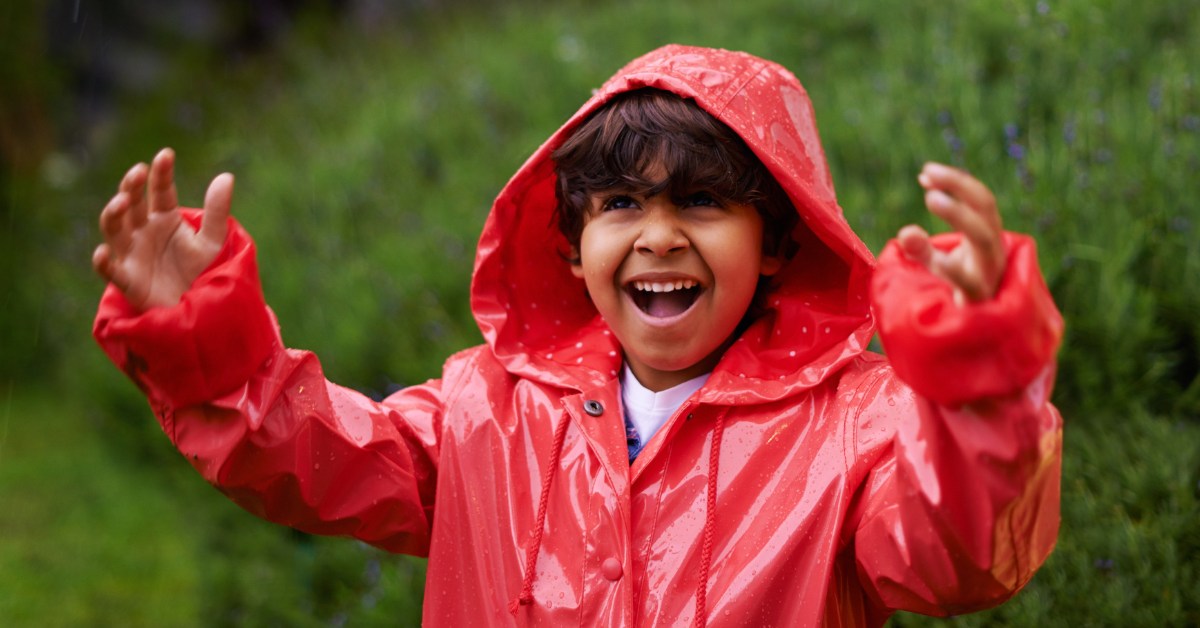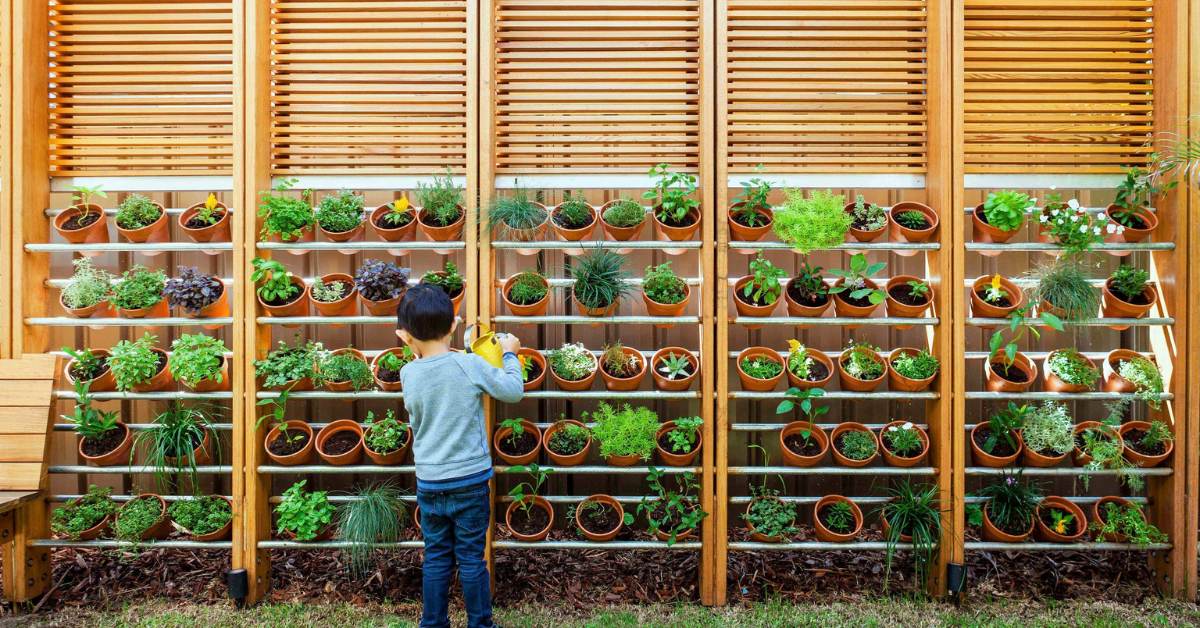Want to Raise Climate-Conscious Kids? Start With These 5 Monsoon Habits
Have you ever stopped to consider where all the rainwater goes during the monsoon? Or how much electricity is wasted when lights and appliances are left on during those long and grey afternoons?
The monsoon is not just a season of refreshing showers and cooling breeze; it is a crucial time when nature replenishes itself, and when we must be extra careful about how we treat the environment.
What if becoming a monsoon champion was as easy as making a few simple changes at home? Here are five practical and enjoyable ways children can help conserve precious resources and protect the environment during this season.
1. Save every drop of rainwater
Monsoon rains provide an opportunity to collect and reuse water that would otherwise flow away unused. Using buckets, jars, or even larger storage containers to catch rainwater during showers helps reduce reliance on treated tap water, which can be scarce in many regions.
 You can collect rainwater in a bucket and use it to water plants, clean outdoor areas, or wash bikes; Picture source: Agri Farming
You can collect rainwater in a bucket and use it to water plants, clean outdoor areas, or wash bikes; Picture source: Agri Farming
This collected water is ideal for watering plants, cleaning outdoor areas, or washing bikes and shoes. In some communities, rainwater harvesting systems even feed into home water supplies, demonstrating how small efforts contribute to a larger solution.
Encouraging children to understand the value of rainwater can instil lifelong habits of conservation and respect for natural resources.
2. Switch off electronics when not in use
Electricity generation often depends on burning fossil fuels, which contributes to air pollution and climate change. During the monsoon, when it is tempting to keep devices running for comfort or entertainment, switching off lights, fans, televisions, and chargers when not needed reduces energy consumption and pollution.
 You should teach your kids to switch off lights and fans during the rainy season to reduce energy consumption; Picture source: Department of Energy
You should teach your kids to switch off lights and fans during the rainy season to reduce energy consumption; Picture source: Department of Energy
Teaching children to be mindful of their electricity use not only lowers household bills but also lessens strain on the power grid. This habit cultivates awareness that individual actions, however small, can have a positive collective impact on the environment.
3. Eat seasonal and local produce
The monsoon brings with it a variety of fresh, local fruits and vegetables that grow in the rainy season. Choosing seasonal produce, like gourds, okra, corn, and leafy greens, supports local farmers and reduces the environmental cost of transporting food over long distances.
These foods are more nutritious, tastier, and less expensive when bought in season. Encouraging children to help pick out ingredients at a nearby market or even grow simple herbs at home connects them with the idea that eating sustainably is both delicious and planet-friendly.
4. Use reusable rain gear
Many single-use plastic rain ponchos end up discarded shortly after purchase, contributing to plastic pollution, which harms ecosystems and wildlife. By choosing sturdy, reusable raincoats and umbrellas, children and families can reduce waste significantly.
 Bright and colourful raincoats can make rainy days more enjoyable for your kids
Bright and colourful raincoats can make rainy days more enjoyable for your kids
Investing in quality rain gear not only lasts for many seasons but also promotes a shift away from disposable culture. Bright and colourful raincoats can make rainy days more enjoyable, building a positive attitude towards the environment and sustainability.
5. Plant and care for local plants
The monsoon provides ideal conditions for growing native trees, shrubs, and plants that are adapted to local climates and soil conditions. Planting native species supports biodiversity, offering habitat and food sources for birds, insects, and other wildlife. It also helps maintain healthy soil by preventing erosion and improving moisture retention. Gardening activities during this season offer hands-on education about ecology and responsibility. By growing plants, children develop a connection to their environment and an understanding of the delicate balance within nature.
 Gardening activities during monsoon offer hands-on education about ecology and responsibility; Picture source: Houzz
Gardening activities during monsoon offer hands-on education about ecology and responsibility; Picture source: Houzz
The monsoon is a season of renewal, and with it comes a chance for young people to contribute to a healthier planet. By embracing habits such as conserving rainwater, reducing electricity use, or choosing reusable rain gear, children can become guardians of the environment.
News